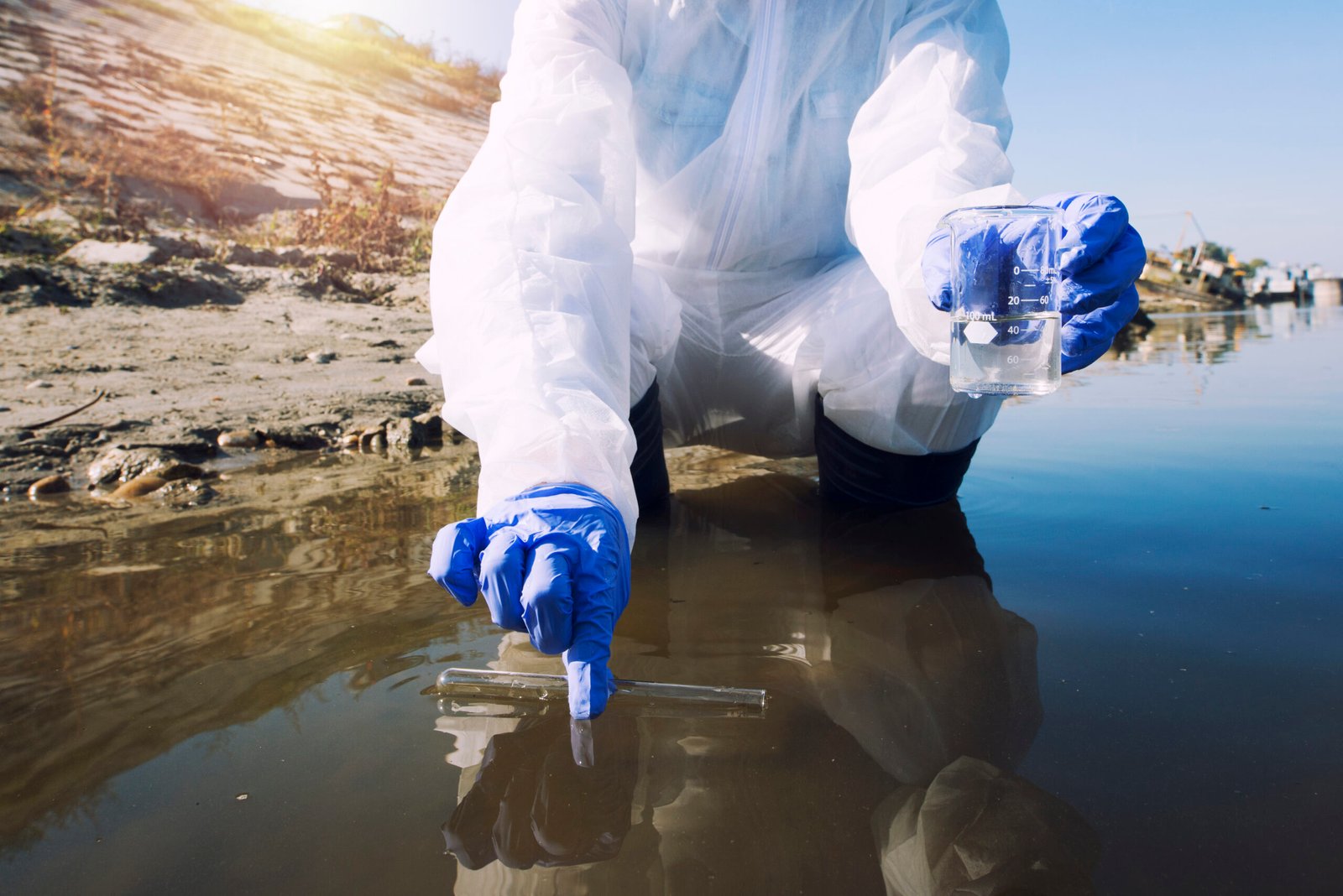India’s healthcare boom has triggered an environmental emergency that most citizens never see. Every day, over 700 tonnes of potentially lethal waste emerge from hospitals nationwide. Syringes, blood-soaked dressings, pharmaceutical residues, and pathological materials pile up relentlessly. Mishandled, they become biological time bombs threatening communities and ecosystems alike. Yet within this crisis lies a burgeoning industry worth USD 1.3 billion in 2025, projected to expand 8–9% annually through 2030.
This isn’t just about rubbish collection; it’s about transforming healthcare’s hazardous byproducts into managed, traceable waste streams using cutting-edge technology and stringent regulatory frameworks. The sector now attracts impact investors, green-tech startups, and established waste management giants recognizing both profitability and purpose. Post-pandemic diagnostic capacity has surged, amplifying waste generation while simultaneously heightening public awareness about infection control and environmental safety.
Approximately 200 Common Biomedical Waste Treatment Facilities currently operate across India, with 25 additional centres under construction. Maharashtra, Gujarat, and Tamil Nadu lead in infrastructure readiness, while Tier-II and Tier-III cities struggle with capacity shortfalls. The government actively encourages public-private partnerships to bridge treatment gaps, particularly in underserved regions where healthcare expansion outpaces waste management infrastructure.
Regulatory Framework Driving Transformation
The 2025 Central Pollution Control Board Guidelines represent India’s most comprehensive attempt yet to standardise biomedical waste governance. Built upon the Bio-Medical Waste Management Rules 2016, these regulations mandate meticulous segregation, colour-coded labelling, barcoding, transportation protocols, and treatment specifications. The updated guidelines prohibit captive in-house treatment except in geographically isolated regions, pushing facilities towards centralised systems that ensure efficiency and environmental compliance. The notorious “48-hour rule” remains non-negotiable: all biomedical waste must reach treatment facilities within two days to prevent infection spread and environmental contamination.
State Pollution Control Boards now wield enhanced enforcement powers, conducting annual compliance audits and real-time environmental monitoring of treatment facility operations. The Environmental Protection Act 1986, alongside Water and Air Acts, provides overarching legal authority for emission limits, effluent standards, and disposal protocols. Facilities must implement Zero Liquid Discharge procedures while maintaining strict emission controls for incinerators to minimise deadly dioxins and furans. The guidelines introduce Appendix I requirements for periodic gap assessments based on regional bed counts, healthcare facility distribution, and existing disposal capacities. This data-driven approach enables decentralised planning tailored to local needs rather than imposing uniform national standards that ignore regional variations.
Technology and Investment Reshaping Operations
Automation and advanced treatment technologies are revolutionising how India processes hazardous healthcare waste. Autoclaving, microwave irradiation, plasma pyrolysis, and chemical disinfection methods ensure effective pathogen destruction while enabling material recovery for recycling. Digital systems incorporating barcoding, GPS tracking, and mobile registration platforms provide unprecedented waste traceability from generation through final disposal. Hospitals can now monitor their waste streams in real time, ensuring accountability and reducing illegal dumping or improper handling. Startups and green-tech companies increasingly offer turnkey solutions addressing hospital waste segregation, waste-to-energy recovery, and recycling of sanitised plastics and metals. The private sector dominates new capacity additions, contributing roughly 70% of expansion driven by government emphasis on public-private partnership models.

Impact investors and sustainable funds are showing growing interest following India’s commitment to circular economy principles and environmental sustainability targets. CPCB projections indicate India requires nearly 150 additional treatment facilities by 2030 to accommodate demand growth from healthcare infrastructure expansion. Pilot programmes test innovations like autoclaved sharps shredding units, AI-based segregation tools, and waste-to-fuel conversion plants. These technologies promise operational efficiency while addressing infrastructure shortfalls that plague smaller cities and rural healthcare centres.
Persistent Challenges Threatening Progress
Despite robust regulations, enforcement gaps and financial constraints undermine comprehensive waste management coverage. Roughly 10–15% of biomedical waste remains untreated due to infrastructure deficiencies, particularly in smaller states and Union Territories. Large metropolitan areas achieve compliance rates exceeding 90%, but rural and semi-urban healthcare centres face severe funding and logistical obstacles. Inadequate source segregation remains the sector’s Achilles’ heel, compromising treatment effectiveness and increasing processing costs when mixed waste enters facilities.
Insufficient trained personnel heighten occupational exposure risks for waste handlers, sanitation workers, and healthcare staff. Many facilities lack proper protective equipment, standard operating procedures, or emergency response protocols for spills and exposure incidents. The 2025 guidelines address these weaknesses through capacity-based planning requirements, emergency preparedness protocols mandating memorandums of understanding between neighbouring facilities, and stricter inspection regimes. Government initiatives like the Swachh Bharat Mission Urban 2.0 and Digital India programmes support operations through upskilling programmes, digitisation funding, and waste infrastructure investments.
India’s biomedical waste management sector stands at a pivotal juncture between regulatory ambition and operational reality. The 2025 CPCB guidelines provide sophisticated frameworks emphasizing modernised planning, environmental safeguards, and technology integration that position India as a potential global leader in healthcare waste governance. Success demands sustained commitment beyond policy pronouncements. Infrastructure expansion must accelerate in underserved regions, while behavioural change initiatives ensure proper segregation at generation points. Investment in training programmes will protect workers while improving system efficiency. As public-private collaboration deepens and innovative technologies mature, India can transform its biomedical waste challenge into an exemplar balancing public health protection, environmental stewardship, and economic opportunity.
